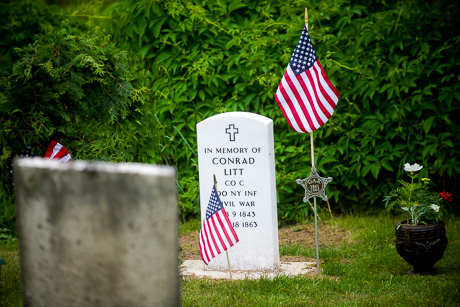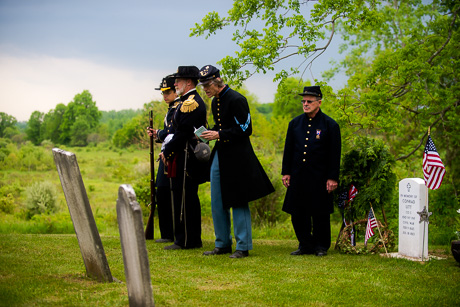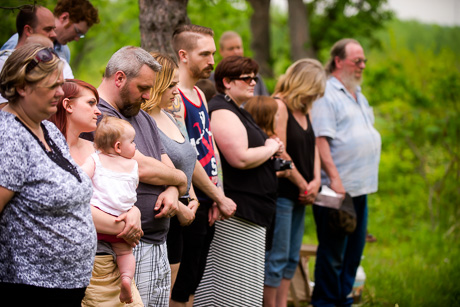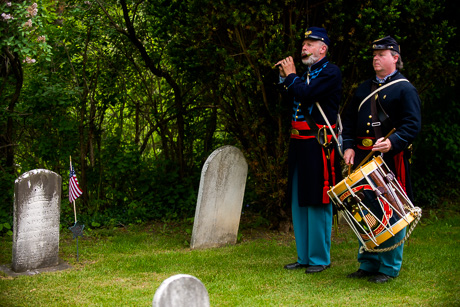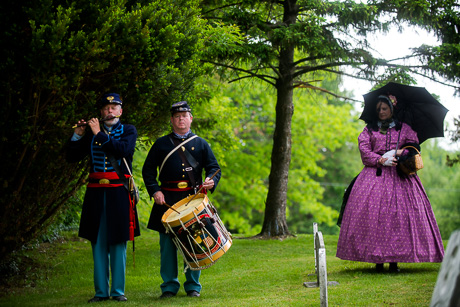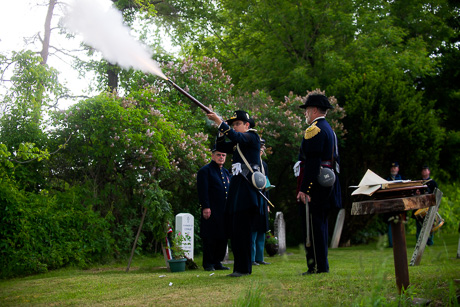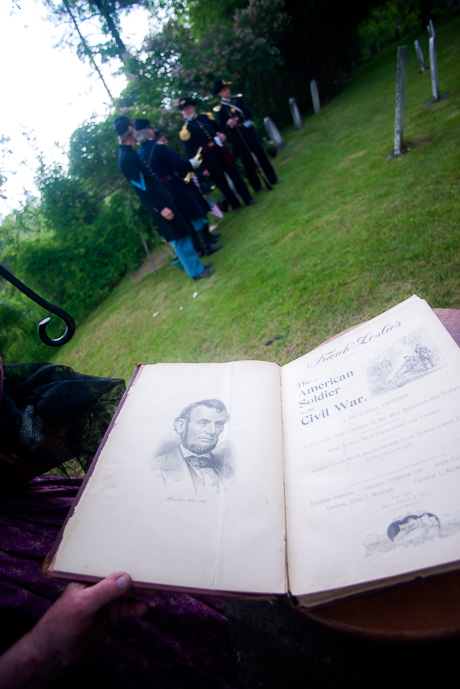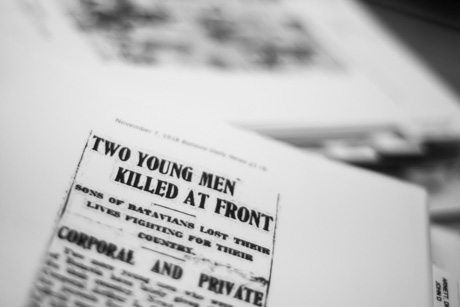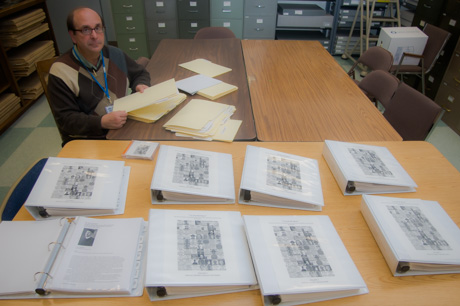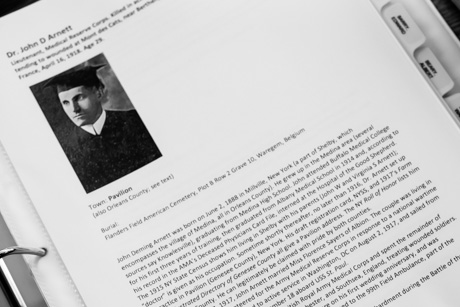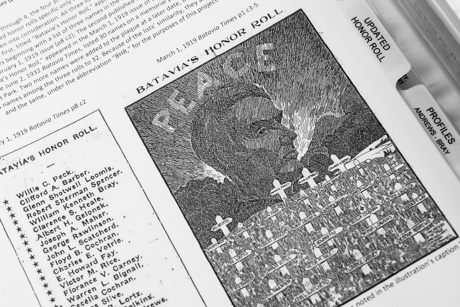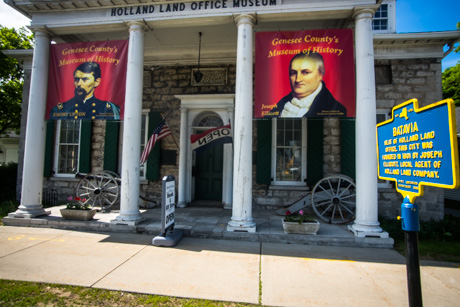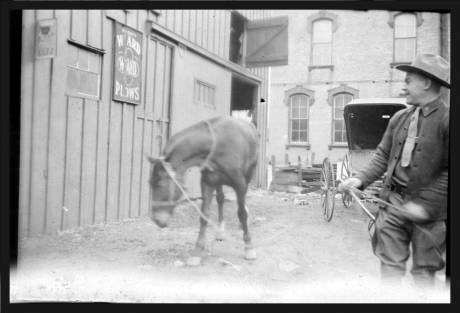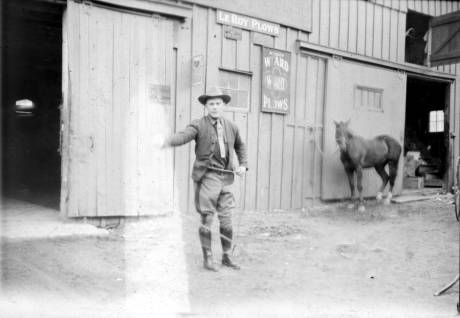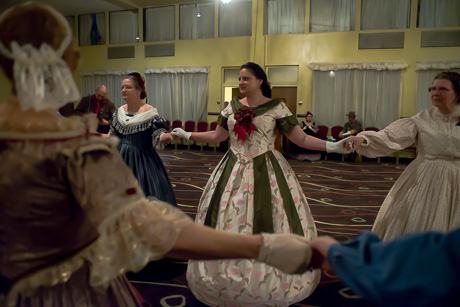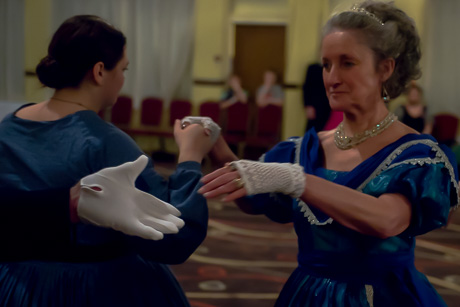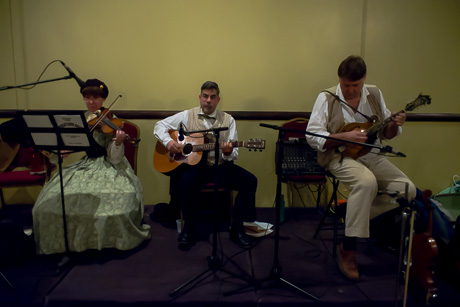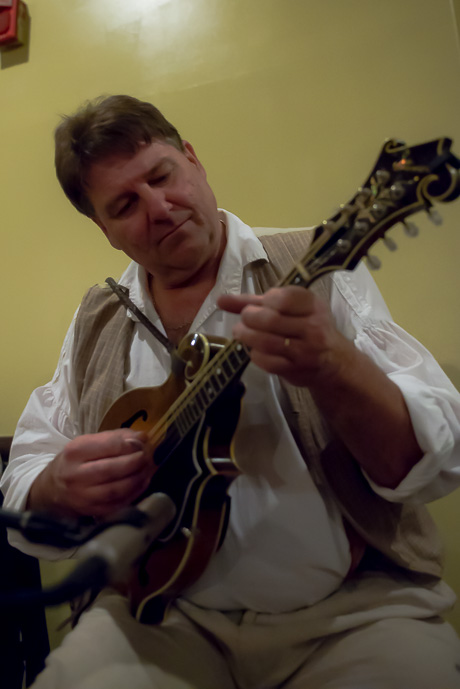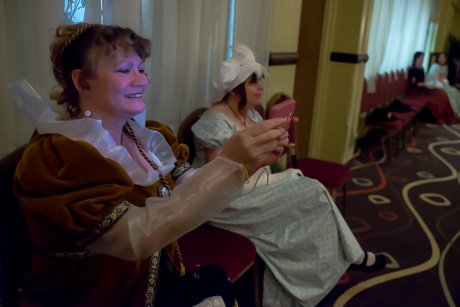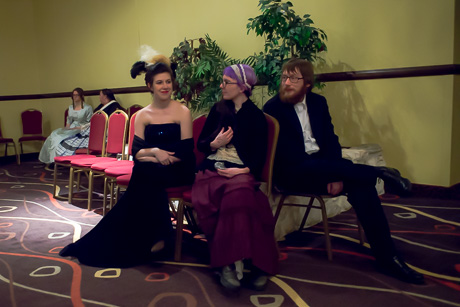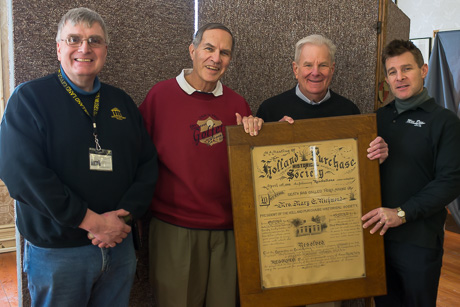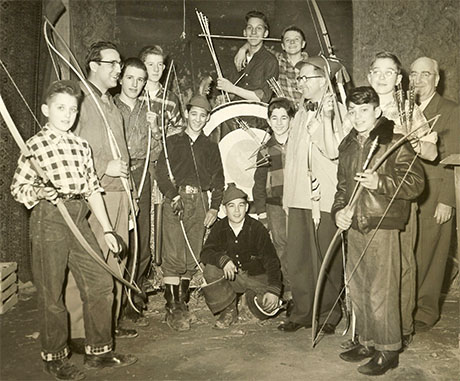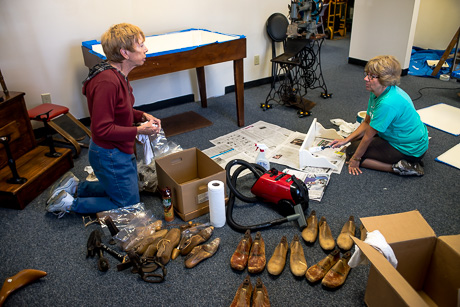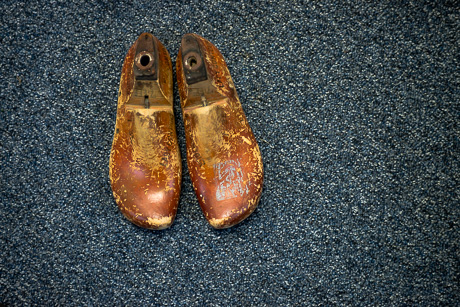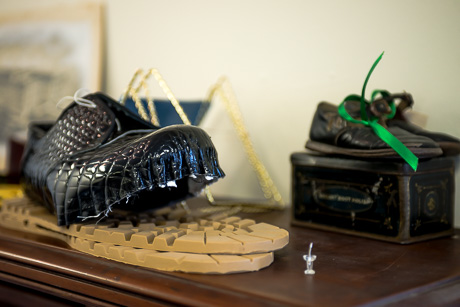All of these local names, Dewey Sackett, Charles Votrie, James Hannah, Lee Kingdon, Willis Peck, Glenn Loomis, Florence Carney, John Arneth and many more. All young lives cut short in the War to End All Wars.
That was nearly 100 years ago. We may see their names on gravestones, or memorial markers or on honor rolls, but we know only the names. We don't know where they lived, where they worked, who they loved, what they dreamed or how they died.
They're war dead. That's what we know. So we honor them.
Former Le Roy resident Terry Krautwurst thought we should know more. We may read the names, but we shouldn't forget the people, so he has given us, residents of Genesee County, a gift -- a gift of remembrance.
For the past six years, Krautwurst has researched the war dead of Genesee County from World War I. He combed through newspaper articles and federal archives in St. Louis and Kansas City, Mo., in an attempt to identify all of the World War I men and women from Genesee County who died while serving their country.
He's compiled biographies, complete with military service records, detailing those lives, lifted from newspapers and death records, concerning 78 people who died during the war while in uniform.
That's a longer honor roll than probably anybody ever really knew about.
It was discrepancies in honor rolls that prompted Kautwurst's research in the first place.
"In 2009, while researching the World War I career of my grandfather, Stanley Crocker, of Le Roy, I noticed that the number of names on honor roll lists of Genesee County war dead that had been published in area newspapers varied," Krautwurst said. "They varied not just in number, from 52 to 61, but also the names themselves varied."
Untangling the mystery of the lists became a passion for Krautwurst.
"It seemed only right and proper to set the record straight," Krautwurst said. "I decided to research and resolve the discrepancies and produce an updated and maybe more accurate list. I figured it would take me a few weeks."
Krauthwurst donated the research of his six-year-long research project to the Genesee County History Department last week.
"Terry has performed an invaluable service to the county," said Michael Eula, director of the history department. "This is a tremendous resource and I doubt it's going to be seen in many other counties around the country regarding the first World War."
The deeper Krautwurst dug, the more discrepancies he found, including misspelled names, incorrect dates, hometowns and military assignments.
He kept detailed files on each of the war dead and his records, and the stories he tells of each person, fills eight volumes that will be available to the public at the history department in County Building #2.
"This provides a wealth of primary source information to first and foremost family members who still may be still wondering what happened generations ago and researchers looking at the local impact of the first World War, so this is an incredibly rich and valuable addition to the county archives," Eula said.
Krautwurst photocopied more than 1,200 military documents, which in some cases, include eyewitness accounts of a soldier's death and letters from a fallen soldier's parents.
"Sometimes, when I opened a soldier's file, I found his dog tags, which I photographed," Krauthwurst said.
Flipping through the pages and reading Krautwurst's articles, you learn family histories, the schools that soldiers attended, where they worked before getting drafted or enlisting, what they did in their spare time and, importantly, how and where they died.
Some died in the fields of France or the hills of Italy. Some died in combat, others hours and days later after their mangled bodies were borne on a stretcher to some field hospital. Some died from disease and some died in accidents.
"What has caught my eye is the playing out locally of what historians have talked about for a long time regarding the first World War," Eula said. "For example, a number of deaths were not the result in combat. Somebody gets killed in an auto accident when they're training someplace in the country. It shows the complexity of the moment."
The archive, Krautwurst hopes, will help us know better the people behind the names who sacrificed everything in a war often remembered for its brutality and how it reshaped society.
"These people who gave so much were right on the edge of forgotten," Krautwurst said. "I just didn't want that to happen."
County Historian Michael Eula with the eight volume of World War I war dead compiled by Terry Krautwurst.

